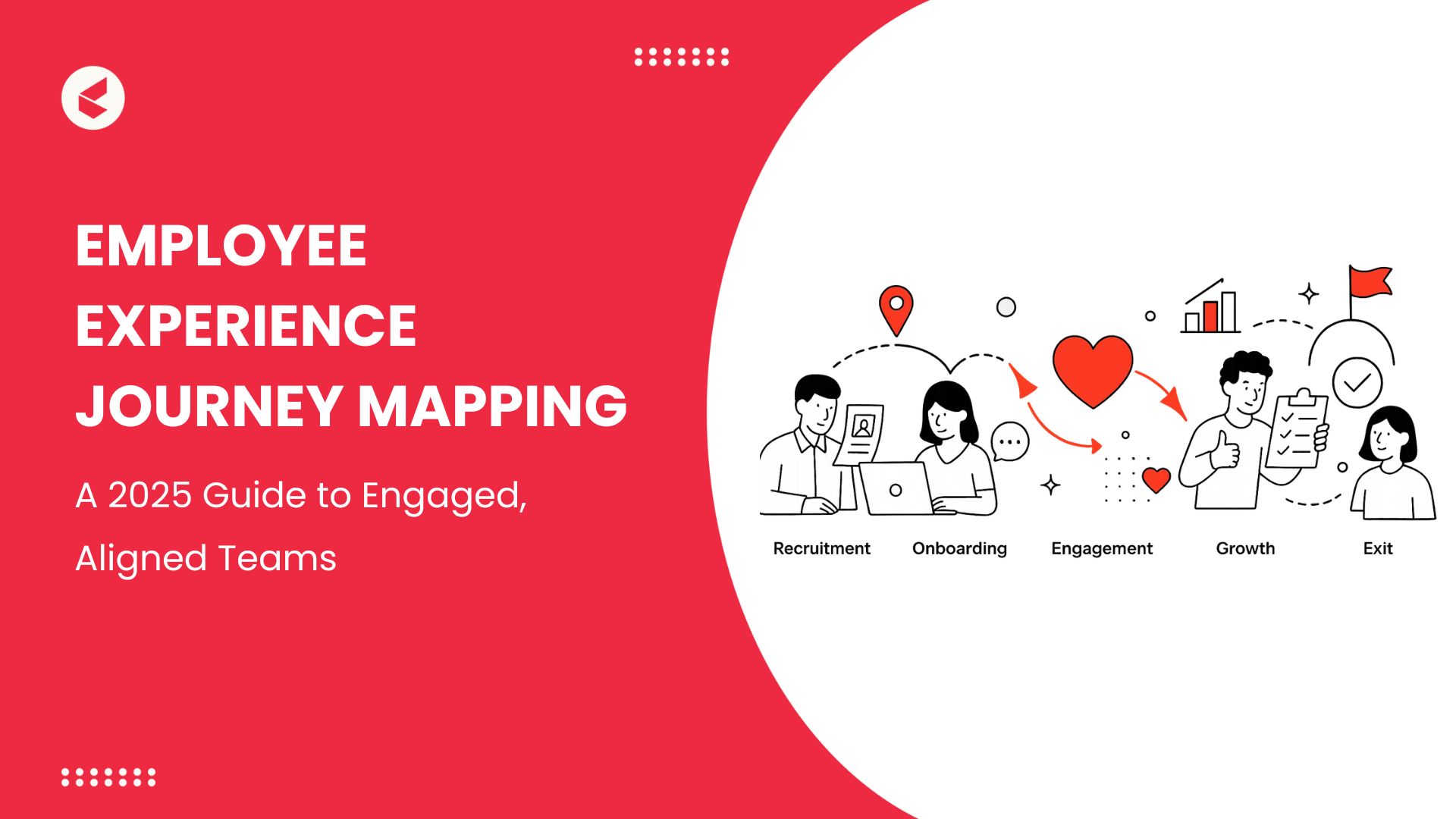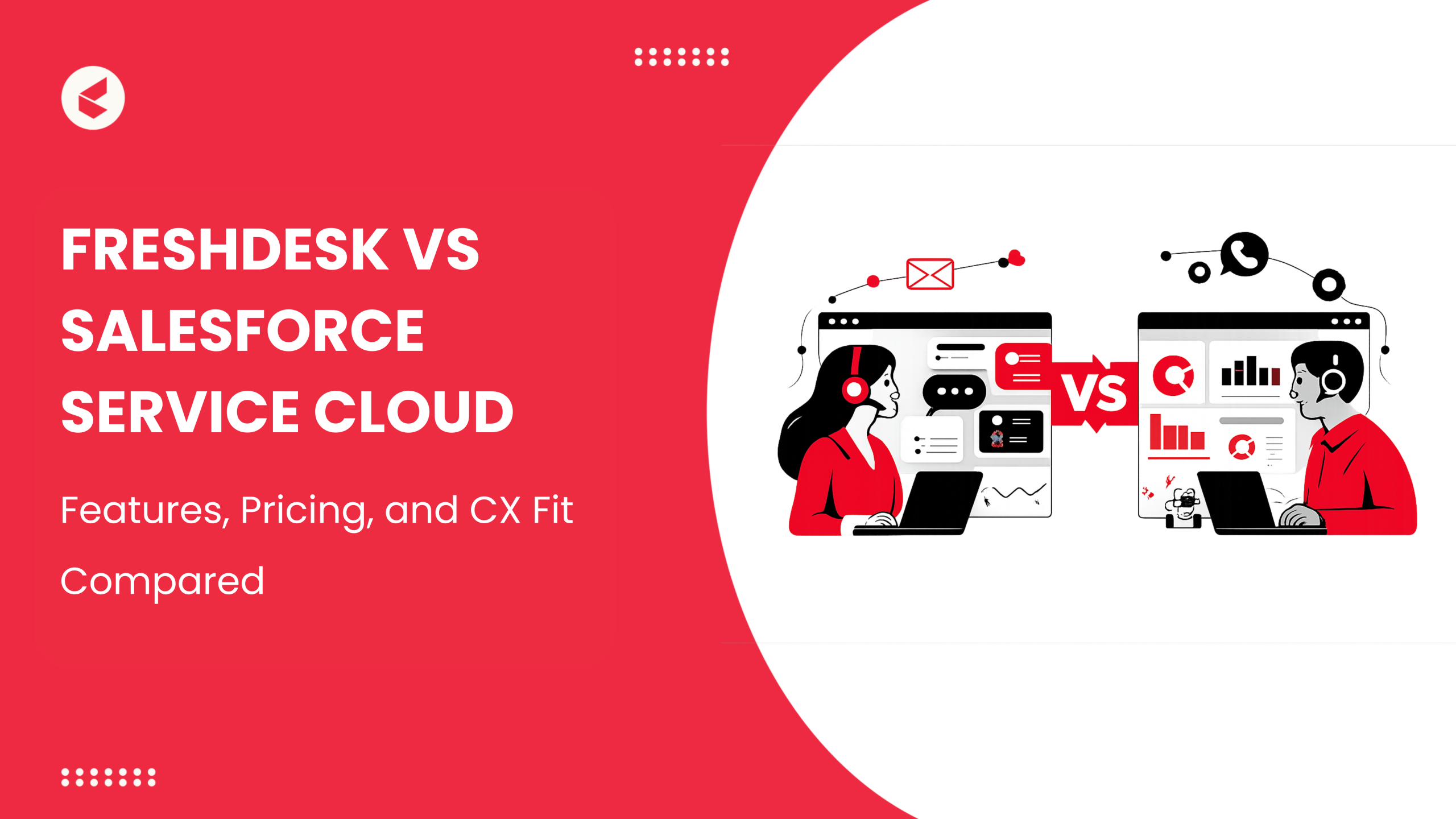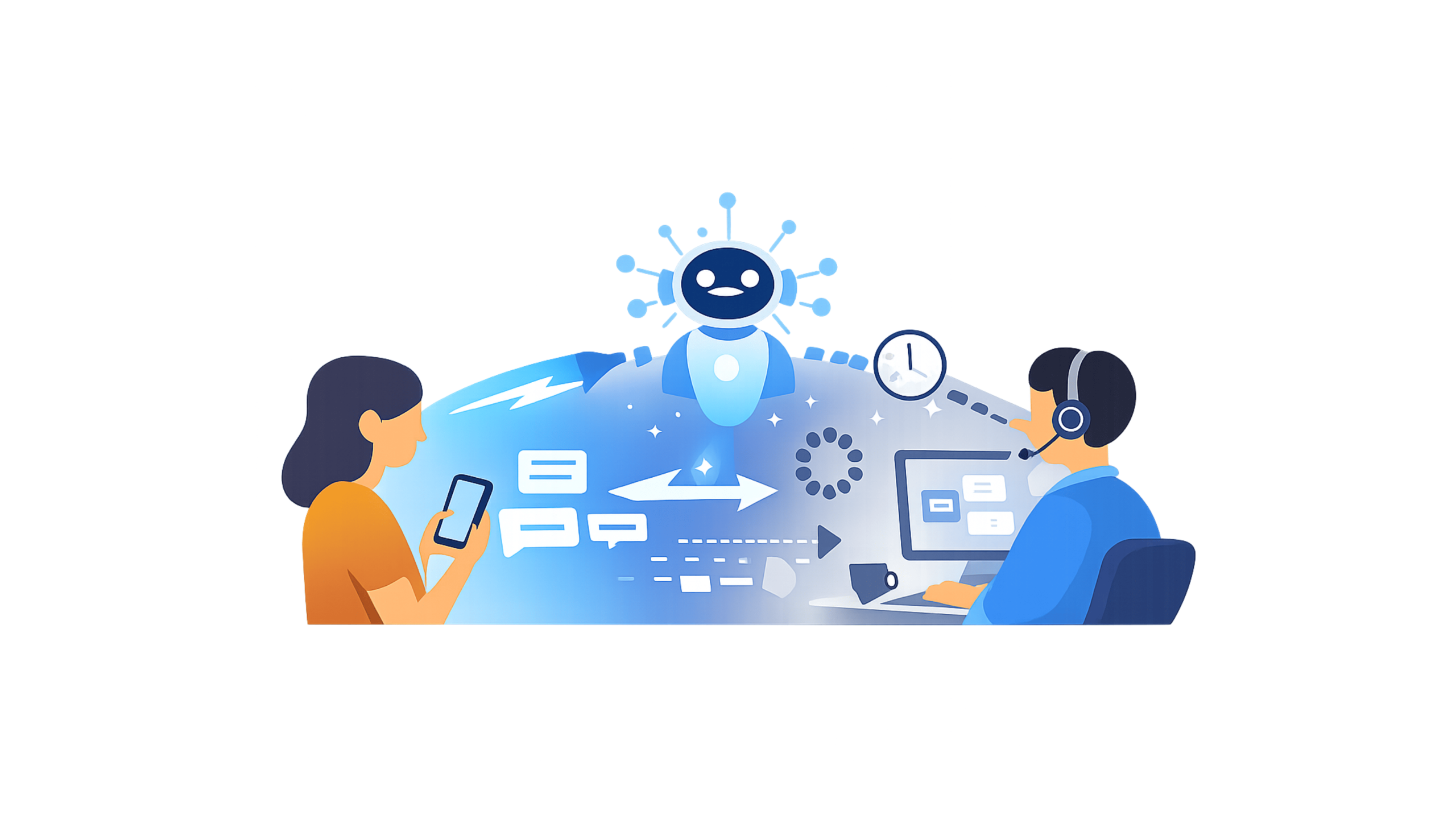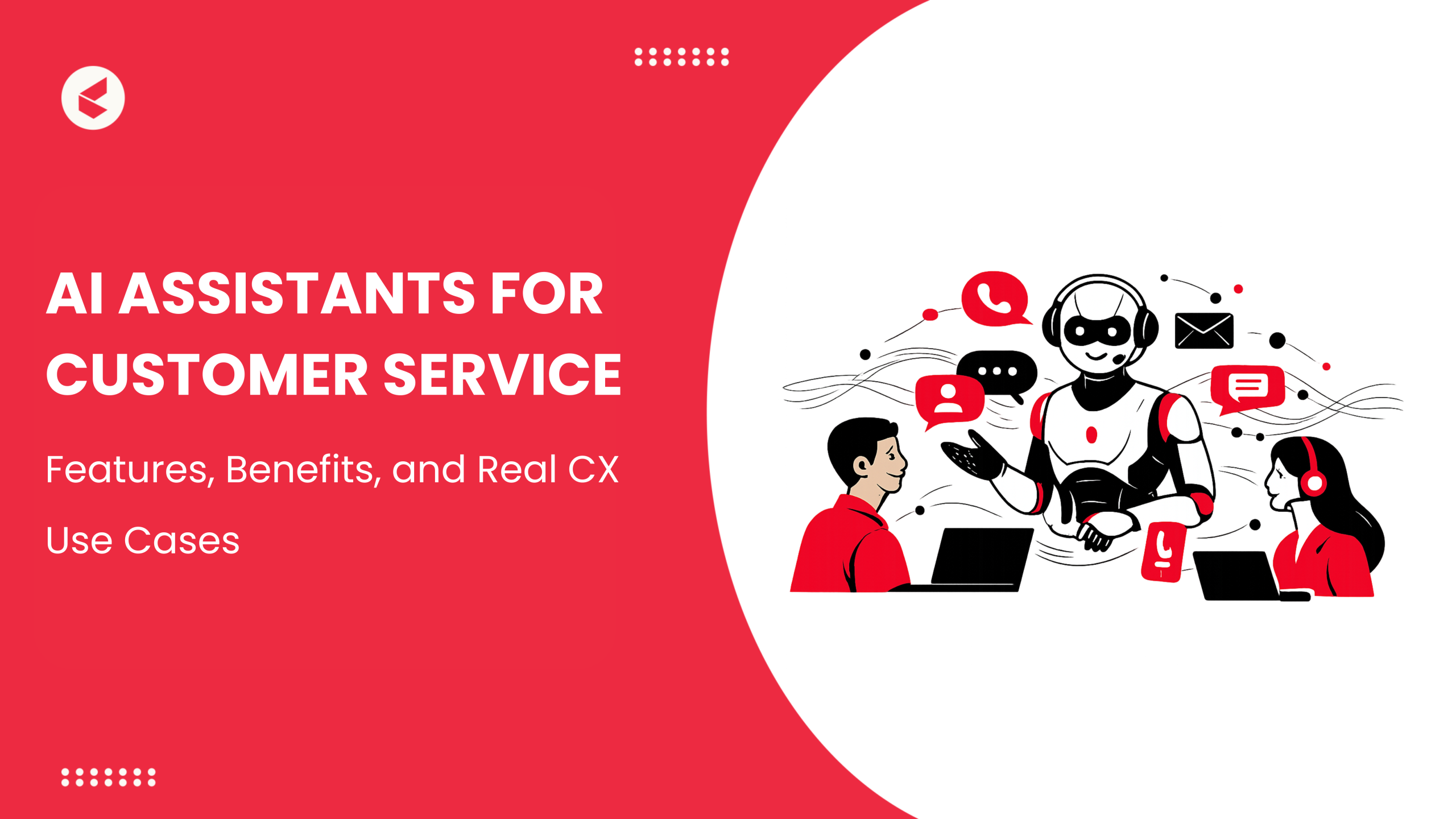In 2025, companies are rethinking how they support and engage employees—and employee experience journey mapping is at the center of this shift.
When employees feel valued, empowered, and supported, they’re more likely to stay engaged and drive meaningful outcomes for the business.
Global employee engagement, on the other hand, dropped to 21% in 2024 despite increased focus on it. The message is loud and clear: a large number of companies are still going wrong.
Instead of reacting to issues like turnover or low morale, HR needs a proactive approach. Employee experience journey mapping, adapted from customer experience practices, helps visualize the entire employee lifecycle and understand how people feel at each stage.
With an increase in remote work, health programs, and people seeking meaningful jobs, journey mapping enables HR to implement tangible changes. It helps build a better work environment, keeps people longer, and leads to better results.
What Is Employee Experience Journey Mapping?
Employee experience journey mapping is a strategic method to understand, measure, and improve how employees interact with the organization at every stage of their journey.
Instead of surveys or checklists, journey mapping follows the whole employee experience.
It shows what people go through at work and how they feel. This helps spot what needs to change.
1 . Looking at the Employee Experience as a Whole
There are many steps involved in what an employee goes through in a corporation. It is all-encompassing. After seeing the job posting, they choose to apply and attend interviews. After being hired, they get to know the ins and outs, show up every day, get training, get feedback, eventually leave, and sometimes even maintain contact after they go.
Most of the time, these steps are treated as separate. But they’re all connected. If you look at them together, you can see where things don’t work well and where people get frustrated.
2. Recognizing Emotions of People
This is potentially one of the most critical stages of journey mapping. More than just ticking boxes, it is essential to understand how employees truly feel throughout their entire experience.
Some moments in the employee journey feel energizing—like being assigned a high-impact project, getting promoted, or receiving public recognition. But others can be emotionally draining, such as navigating a chaotic onboarding experience or receiving vague feedback during a performance review.
For instance, an employee might feel motivated and confident after a successful project launch, only to feel overlooked a week later when no follow-up feedback or appreciation is offered. These emotional shifts are exactly what employee experience journey mapping is designed to surface—so HR can act with empathy and intention.
By examining those highs and lows emotionally, an organization can capitalize on the positives while addressing the negatives and create a much warmer and more engaging work environment.
3. Different from Static HR Surveys or Engagement Tools
Surveys typically capture feedback from a single moment, often missing the broader picture. The journey mapping tool processes ongoing employee experiences and identifies their pains before they become grievous.
The distinguishing feature of the tool is rather simple; it allows insights to emerge from simple visuals and combines various key data taken from surveys, interviews, and raw feedback into one place so that end-users can focus on actual actionable matters.
Why Every Organization Needs an EX Journey Map
If you want people to continue working for you and give their best, you need a genuine understanding of what their workday feels like. Journey mapping helps you see it clearly instead of making assumptions.
Many companies believe everything is fine. Gallup’s 2024 numbers showed engagement in the U.S. fell to 31%, the lowest level in ten years. That shows many employees aren’t feeling connected or motivated.
4. Understanding What Employees Go Through
Journey mapping helps you see the whole picture. Instead of launching big programs that don’t hit the mark, you can figure out exactly where things go wrong.
For example, perhaps new employees often find onboarding to be confusing. Instead of ignoring it, you focus there first. You fix real problems because you actually know what they are.
5. Getting Everyone Working Together
This approach promotes collaboration across various teams and works towards a common end. With this approach, employee experiences are viewed by management, IT, and HR. This ensures continuous and transparent support for the individuals and comes in hand with synchronizing everyone.
6. Helping the Business Succeed
Engagements determine retention. They save money in hiring a replacement, in training the replacement, or due to short-staffing! Also, they contribute to making the company attractive to prospective employees, while at the same time enhancing interaction among employees and customers.
You don’t have to wait all year for one big survey to tell you there’s a problem. Journey mapping means you’re always listening. This way, you spot problems sooner and deal with them before they grow. It helps things run better, so everyone’s job is a little easier.
Important Steps in the Employee Journey
If you want to know how their job really feels, look at all the parts. That helps you spot what works and what needs to be better. It also shows where you can do more to keep people satisfied and wanting to stay.
1 . Attraction and Recruitment
This is the starting point when the potential candidate first learns of your company. Maybe they stumble upon the job posting, drop by your website, see the company ads on social media, or check out company reviews on Glassdoor. The way you portray your company can either make a person want to apply or feel lazy to do so.
Many people quit applying if the process feels slow or confusing.
Research indicates that 92% have dropped out due to this. So make sure the job postings are clear, be considerate of their time, and make the application procedure simple.
It is beneficial to break down the employee journey into distinct phases when analyzing it. Knowing each phase makes it easier to identify where things are going well and where they need improvement. It also enables you to determine ways to encourage folks to stay.
2. Onboarding
Once someone says yes, onboarding is their first real impression as an employee. This is where many companies often fall short. Studies have found that only 12% of employees feel their onboarding experience was great.
New employees arrive, sign an employment contract, that marks the end of most onboarding processes in many companies. Onboarding, however, should involve introducing new hires to their job duties, welcoming them to the organization, providing them with the tools to do their work well, and following up with them after they have begun work.
3. Learning and Progress
After they’re settled in, people want to know they’re growing. According to surveys, 91% of employees say learning is important to them.
This is where journey mapping can really help. It lets you see when training, mentoring, stretch projects, or career talks actually matter most. Keeping people challenged and supported prevents them from feeling stuck and motivates them to stay.
4. Performance and Recognition
Feedback matters. Recognition matters, too. It’s not just about checking boxes during reviews. Journey mapping helps you see how those conversations happen. Do employees feel seen? Do they know what’s expected? Are you recognizing their wins?
People are more likely to trust their supervisors and stay involved when they receive timely, honest feedback and sincere recognition. It inspires people to perform at their highest level each and every day.
5. Keeping People and Supporting Their Health
If you want employees to stick around, you have to care about how they’re doing. You need to be concerned about their well-being. This goes beyond benefits. It’s equitable compensation, mental health resources, inclusivity, task balance, and, when practical, flexibility.
Checking in, listening, and demonstrating your concern are key. The workplace as a whole improves and turnover is reduced when businesses keep lines of communication open and provide good assistance to their staff.
6. Exit and Alumni Engagement
Even when someone leaves, it doesn’t mean the relationship is over. The way you manage someone leaving really reflects on your company. A respectful exit process protects your reputation. Exit interviews, handing over work properly, even alumni networks—they all matter.
People who move on can talk you up, send others your way, or even come back. Mapping it out helps you treat this part as carefully as hiring and starting someone new. It’s all part of the bigger picture.
Step-by-Step Process to Create an Employee Journey Map
You need to look at the entire path, not just a single part. Mapping it out lets you look at things from the employee’s point of view. That’s how you figure out what’s working and what needs to change.
Here’s how you can get started.
1. Pick What You Want to Improve
Know upfront what you’re trying to solve. Maybe onboarding feels messy. Maybe people are leaving too soon. Set one clear goal to avoid getting lost.
Consider the person you are mapping. Don’t assume that everyone’s experiences are the same. Make profiles for various groups, including managers, remote workers, and recent graduates. In this manner, when people have varied requirements, you’re not treating them all equally.
2. List All the Stages and Steps
Examine everything that an employee experiences in detail. This could be researching the job, applying, attending interviews, being hired, starting work, performing daily tasks, completing training, receiving reviews, staying on the job, or leaving.
Additionally, be sure to include details for each stage. Think about making an offer, welcoming them on their first day, helping them through the process, ensuring they have all they need, and promptly following up. You can see what really happens instead of just what you think when you put everything in writing.
3. Talk to Employees
Don’t just assume. Interview employees, run surveys, and catch them in an all-important casual conversation to find out what employees expected, what were the shortcomings, and how they felt about it.
Match their stories with data such as engagement scores, exit trends, and event incidences for a transparent and true picture of the experience.
4. Spot Feelings and Problems
Consider each step and think about how it makes people feel. Where do they feel welcomed or excited? Where do they get frustrated or confused? Write down anything that blocks them from doing well. It could be due to confusing directions, delays with technology, or poor communication. For each issue, determine an easy solution.
5. Make Sure Everyone Understands
Share what you find with others. HR, managers, IT—anyone involved. Ask them if it looks right or if you missed anything. Assign people to own the changes. Ensure that someone is responsible so the plan actually comes to fruition.
6. Make Changes and Keep Checking
Use what you learned to make real changes. Update onboarding, improve training, and fix communication gaps. You can also optimize resource handling by aligning people, tools, and processes to support each stage of the employee experience better.
After making the changes, verify that they work. Continue to ask for feedback and review the data. A journey map isn’t something you do once and forget. Keep it updated so it always helps you support employees better.
Tools and Templates for Employee Journey Mapping
Employee journey mapping is much easier when you have good tools to help you do it right. Trying to manage everything with scattered notes or basic spreadsheets usually leads to confusion or missed details.
The right tools enable your team to see the entire process clearly, work together smoothly, and ensure that your plans accurately reflect what employees are saying.
Below, you’ll find a quick look at different kinds of tools, what you should look for when choosing one, and how using the right system can really support this work.
1 . Popular Tools for Journey Mapping
Teams use different tools to make journey mapping clearer and easier to manage. These tools help you visualize the stages, identify key moments, and share the work with others.
- Pyn’s Employee Journey Mapper: It is built for HR. It highlights key points in the employee experience strategy and helps teams focus on what to improve first.
- Miro: It is an online whiteboard. Teams can lay out stages, add notes, and comment together. It’s great for groups that aren’t in the same place.
- Figma and FigJam: These tools enable you to create layouts using templates. They’re flexible, so you can map out employee lifecycle touchpoints and note where emotions run high or low.
- Google Sheets and Notion: These tools are great options for simpler journey mapping projects. They’re familiar to most people and are good for listing stages, employee lifecycle touchpoints, and notes in a clear and concise way.
2. How to Choose the Right Mapping Tool
The best tool will match what your team is looking for. Think about a few key things. You want it to be clear and flexible so that you can present the entire journey in a straightforward manner. Look for layouts, timelines, and ways to note feelings or personas.
Collaboration matters. Select something that allows people to edit together, leave comments, and view previous versions. That way, everyone stays on the same page. It also helps if the tool can handle real data.
3. CX Platforms That Also Support EX
Some tools built for customer experience also work well for employee feedback. They help HR get continuous input and see how things change over time. EX and CX alignment platforms, such as Qualtrics XM and Zonka Feedback, can run regular surveys to check how people are feeling. They connect this feedback to specific stages in the journey.
This makes the map more than just a one-time plan. It becomes something you can update and use to track progress and identify areas that need attention.
4. Kapture CX and Keka
At Kapture CX, we use Keka as our internal HR platform to support employee experience journey mapping. It helps us manage onboarding checklists, feedback collection, performance reviews, and employee records—all in one place.
With automated reminders and centralized access, managers get the right information at the right time to support their teams. Since every stage is connected—from hiring and onboarding to development and engagement—it’s easier to identify friction points, act on feedback, and continuously improve the employee journey without switching between tools.
How AI Can Help with Mapping the Employee Experience
AI helps teams sort through data and see patterns they might miss on their own. It can also suggest ways to support people more effectively and identify when someone might require additional assistance.
AI is no longer a nice-to-have—it’s a core enabler of personalized, scalable employee experience journey mapping. It can help teams respond more quickly and effectively to what people need at work. It’s one more way to show employees they’re heard and supported while they’re here.
1 . Predictive Insights and Early Alerts
AI can help identify patterns in various contexts, such as onboarding, internal chats, or survey responses. It can help notice if someone is starting to seem unmotivated. Managers can identify it early and check in with them before it becomes a real problem.
2. Personalization at Scale
AI can also help tailor learning. Instead of giving everyone the same training, it can suggest courses that fit someone’s skills and goals.
Big companies already use this to help employees plan career paths that feel personal. It’s one way to show people you care about their growth.
3. Ethical AI in Employee Experience Journey Mapping
As AI becomes more integrated into employee experience journey mapping, designing it ethically is essential. Organizations must ensure transparency in how data is used, guard against algorithmic bias, and maintain human oversight in key decision-making.
AI should support—not replace—human empathy. When employees understand how and why their data is used, it builds trust and makes the EX strategy more inclusive, responsible, and effective.
4. Live Feedback and Tracking How People Feel
A key benefit is staying attuned to how employees are feeling over time. Tools can run short, regular surveys and see how mood or engagement shifts.
That turns journey maps from something static into something you keep updating. It helps HR identify early signs of issues and take action before they escalate.
5. Automated Employee Support
AI chatbots can assist with routine questions about topics such as benefits or IT issues. Employees can quickly find answers themselves without having to wait.
This frees up HR to focus on the more complex or personal situations that truly require their attention.
Employee Experience Journey Mapping vs. Traditional HR Surveys
Annual surveys have their uses, but they only reveal how people feel at a single moment. They can miss what’s really going on day to day.
Journey mapping offers a comprehensive view of the entire employee experience, encompassing the whole journey from initial contact to departure.
1. Broader Scope Compared to Limited Snapshots
Surveys check in maybe once or twice a year. Journey mapping encompasses the full path, including joining, working, learning, and leaving.
You see it all, not just one moment.
2. Proactive Insight Instead of Reactive Feedback
Surveys often tell you something’s wrong after the fact. Journey mapping can reveal where frustration or confusion occurs while it’s happening. This gives teams a chance to address problems before they escalate.
3. Dynamic Over Static
Surveys capture a moment in time. Journey maps evolve. They collect ongoing feedback from conversations, surveys, and real-time interactions—keeping your view of the employee experience current, contextual, and actionable.
4. Targeted Action
A survey might indicate that overall engagement is low, but it won’t reveal the reasons why.
Journey mapping can pinpoint exactly where the issue lies—perhaps confusing onboarding or unclear career paths. Knowing that lets you fix real problems instead of guessing.
Overall, journey mapping consolidates scattered feedback into a clear and useful representation, helping companies identify areas for improvement and enabling employees to have a better experience, ultimately leading to a decision to stay.
EX Meets CX: How Employee Journey Mapping Elevates Customer Experience
Making work better for employees isn’t only about keeping them happy. It also influences how customers view and interact with your business.
When people feel supported at work, they bring that attitude to customers. They’re more patient, more helpful, and generally better to deal with.
1. Engaged Employees Provide Better Service
There’s a strong connection between employee engagement and the quality of service delivered. In fact, one study found that companies with highly engaged employees outperform their competitors by 147%.
Many companies have seen an improvement in customer feedback when they invest real effort in how they treat their employees. When people actually like their work, they’re nicer to customers, handle problems quickly, and leave a good impression.
2. Impact on NPS, Churn, and Loyalty
How you treat employees shows up in customer results. Better staff support can lead to higher loyalty, better NPS scores, and increased employee retention.
If workers feel ready and supported, they are less likely to leave quickly. If employees feel well-prepared and supported, they’re more likely to stay. That means customers get to deal with familiar, experienced individuals who know how to assist them effectively.
The Ripple Effect: From Employee Experience to Customer Experience
Here’s how that connection often works:
- Strong Employee Experience
- Higher Employee Engagement
- Better Customer Interactions
- Improved NPS and Retention
- Stronger Brand Reputation and Revenue
If you improve onboarding, training, and recognition, employees have what they need to do a good job with customers. That builds trust and keeps people coming back.
1. Aligning EX and CX Strategies
To truly connect how you treat employees with how you treat customers, examine both journeys side by side. Training isn’t just for employees to feel confident. It also means customers get quicker, better help.
Good training doesn’t just help employees feel capable—it leads to faster, better service for customers. It also helps to track shared metrics. Watching employee engagement alongside customer loyalty scores provides a more comprehensive view. Investing in employees is an investment in the customer experience, too.
2. Checking the Results of Employee Journey Mapping
You can’t improve what you don’t measure. Tracking the results of journey mapping helps prove its value and keeps things moving forward.
Here are some ways to do it:
3. Important Measures to Watch
- Employee Net Promoter Score (eNPS): Shows how likely people are to recommend your company as a place to work.
- Onboarding Satisfaction: Indicates whether new hires feel prepared and supported.
- Productivity Metrics: Measures output, quality, and efficiency—engaged employees often do better work.
- Turnover Rate: Tracks whether your efforts are helping people stay longer.
4. Setting Benchmarks and Tracking Over Time
Begin by noting the current state of affairs. Look again every few months to spot any changes. This way, you’ll know what’s going well and what needs tweaking.
5. Connecting to ROI
Making work better for employees can lower the costs of replacing people and make hiring easier. Good onboarding and keeping folks interested can really help with retention.
When people feel part of something, they often accomplish more. They’re also more likely to give customers better service, which is good for your reputation and results.
Tracking these changes helps demonstrate why investing time in journey mapping is worthwhile.
Final Thoughts: Making EX Mapping a Real Priority in 2025
Employee journey mapping shouldn’t be something you do “if there’s time.” In 2025, this shouldn’t be an extra project. It should be an integral part of how you run things.
When you really look at each stage employees go through, you’ll see people who are more engaged, stay longer, and do better work.
Mapping it all out helps leaders pinpoint exactly where to improve, such as making onboarding easier, providing clearer feedback, or supporting growth.
At Kapture CX, we understand that a strong employee experience strategy isn’t just about making people feel good; it’s about driving real, measurable results for your business.
Whether you’re just starting out or looking to refine your current approach, our platform makes it easy to map every stage of the employee journey, identify friction points, and take action where it matters most.
Book a personalized demo today!
FAQs
At least twice a year, or whenever significant changes occur within the company, it keeps things current and useful.
No. Small and medium-sized businesses can also benefit. Even a simple map can highlight where you can improve.
Both matter. eNPS shows loyalty and satisfaction. The turnover rate shows if people are actually staying.
Better employee experiences mean you spend less on hiring, get more done, and deliver better service. All of that helps the business run better.
HR often leads, but it works best when managers, IT, and others all contribute, ensuring comprehensive coverage of the entire employee experience.













